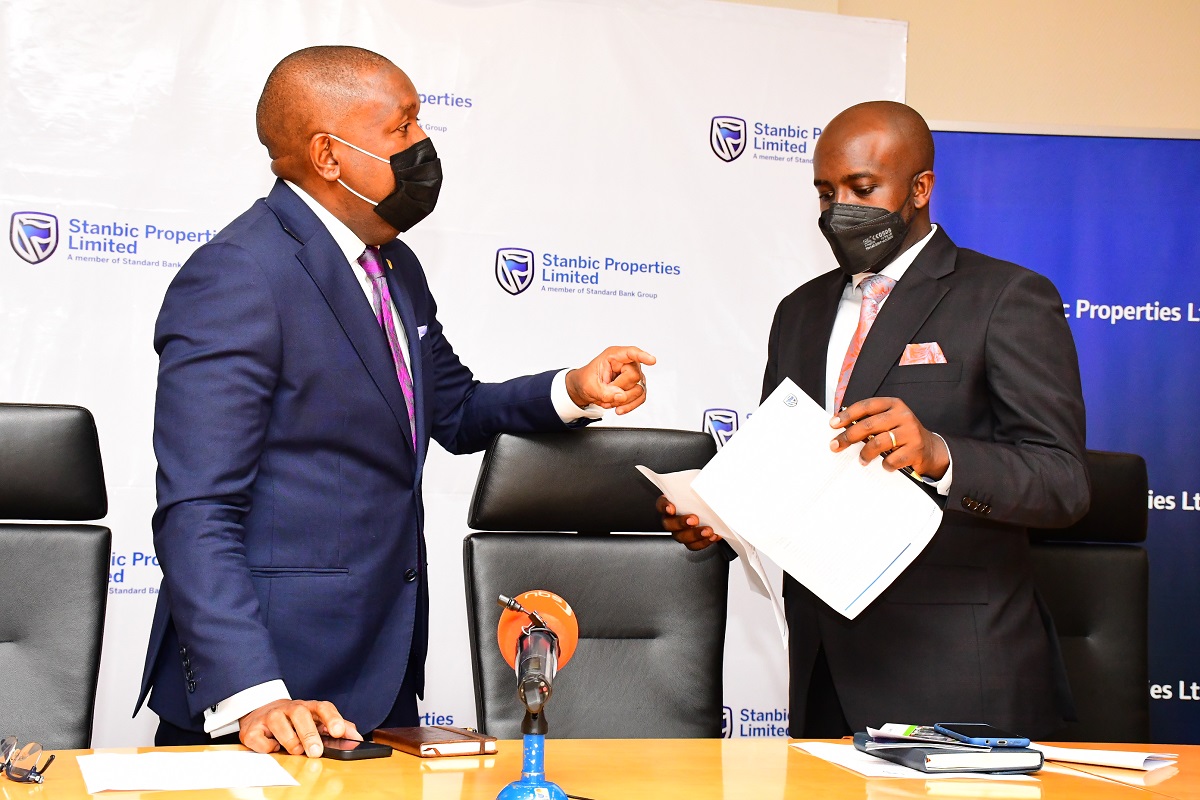
Stanbic Inaugural Real Estate Market Report Shows 89% Occupancy Rate
A new real estate sector report compiled by Stanbic Properties Uganda Limited, a subsidiary of Stanbic Uganda Holdings Limited, as at the end of December last year, indicates that average occupancy from surveyed buildings was recorded at 89% for Grade A, 83% for Grade B and 74% for Grade C buildings.
The report says that the prevailing median rents were recorded at US$15, US$11 and US$8/m² /month for Grade A, B and C buildings respectively exclusive of service charge.
Released on Feb.09 at a press conference held in Kampala, the report says, market evidence indicated more demand for the newer Grade A office buildings that feature large – open layout floors and state-of-the-art design and safety characteristics is emanating from companies in the oil and gas, financial services, government parastatals and engineering sectors.
Spencer Sabiiti Oyes, the Chief Executive of SPL said, “the key firms/companies that stimulated this trend are those that had previously been leasing smaller spaces in lower-tier Grade B multiple buildings because the market never provided ample opportunities to consolidate their operations in a single building.”
Other key demand drivers, according to the report included exclusiveness of the stand-alone Grade A office structures evidenced by an increase in enquiries away from multi-tenanted office buildings to take advantage of branding and fully control their security requirements.
Furthermore, demand for space in the lower tier Grade B and C buildings whose rents are low was dominated by start-ups as well as small and medium enterprises.
Sabiiti said, they also noticed several non-governmental organisations scaling down on their rental space by consolidating their operations in single stand-alone formerly residential buildings as opposed to renting several buildings particularly in areas of Bugolobi, Muyenga and Naguru.
This trend was primarily driven by downsizing due to COVID19 related budgetary constraints faced by foreign funders as well as a growing work from home trend for employees who only use formal office workspaces on an as-needed basis.
In terms of pipeline, the completion of buildings currently under construction will add approximately 36,000 m² of lettable space to the existing stock by the end of 2023.
It is anticipated that Grade A space will account for 90% of the pipeline developments, according to the report.
Retail property market
The formal retail sector was traditionally concentrated in Kampala’s central business district and a few high-end residential areas in the peripherals particularly Naalya, Lubowa and Entebbe.
However, the report says, the growth of Kampala’s prime retail sector has spilled over into the sub-urban areas of Wakiso district where the retail sector is experiencing a fundamental transformation through improved quality and standards.
“As of December 2021, we observed an increasing trend towards the development of formal super and hypermarkets as well as shopping malls in Sub-urban suburbs in Wakiso and Mukono districts,” Sabiiti said.
This trend is being driven primarily by the increasing purchasing power of the working-class, who predominantly reside in these areas.
Additionally, the COVID-19 related movement restrictions also forced consumers to increase their retail expenditure within their immediate residential neighbourhood.
The retail sector in Kampala is more vibrant compared to the metropolitan areas of Wakiso and Mukono.
That said, findings from the survey revealed that Kampala’s prime retail malls were facing stiff competition from locally owned suburban shopping centres in Wakiso district whose market was majorly supported by a higher domestic consumption by the middle-class.
The highest rental rates were registered in prime malls where tenants pay between US$22 to US$27/m 2 /month for prime retail space on the lower floors and between US$12 to 16$/m 2 /month for large space occupiers on similar floors.
“We expect openings of new retail stores and expansion of existing retail stores to remain stagnant or very limited as retailers acclimatise to the post COVID19 retail environment in the near future,” Sabiiti said.
This is mainly due to the fact that COVID19 related restrictions have forced consumers to adopt online retail, a tendency that is likely to stabilise and continue.
Signed partnerships
Stanbic Bank, Stanbic Properties and National Housing Construction Company signed a tripartite partnership that will deliver 1,400 affordable units to bank staff and other entities. This partnership is aimed at closing all gaps from designs, monitoring and evaluation, project finance to final product in order to manage costs and deliver the most affordable housing in the market.
This marriage is envisaged to open up more collaborations towards the development of the real estate sector.
Following the gradual easing of covid 19 pandemic restrictions in July 2021, the valuation sector registered a slight increase in instruction volumes.
There has been mixed performance of highs and lows in the second half of 2021 as the banks continue to minimise their exposure, they wait to see the payback strength of majority of the borrowers especially with expiry of the credit relief measures that the Central Bank had earlier put in place, the report says.
Looking ahead, Sabiiti said, they anticipate market activity for the prime malls to pick up in early 2022 buoyed by the anticipated lifting of curfew restrictions and the full re-opening of the economy.
Executive comments
Spencer Sabiiti Oyes, the Chief Executive of SPL said, “This is the first study we are doing in real estate and we will be conducting two studies every two years. The next report will be released in the first week of July, 2022.”
Spencer added, “The overall economy including the real estate sector has been grappling with covid-19 pandemic restrictions which resulted into limited property transactions especially high to mid-end properties in the areas of Kololo, Nakasero, Naguru, Bugolobi, among others. However, the growing areas of Wakiso and Mukono saw insignificant effects especially land prices which have remained the same over the 2-year covid-19 period.”
Andrew Mashanda, the Chief Executive Officer for Stanbic Uganda Holdings Limited said, “Real estate is an important catalyst for growth in any market; there will be a need for more affordable housing. The new report is a key milestone in the life of this business that is yet to turn two years old.”
Mashanda said, “The property market is a very interesting business and we have a lot of property across the country that are strategically located. SPL is helping us to optimise these properties and to create a real estate business that goes beyond premises management. SPL has started offering valuations, advisory services and project management. This is a business that we are excited about and it will move from the premises management to becoming a real estate platform management.”
Links
- 951 views


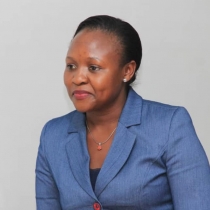




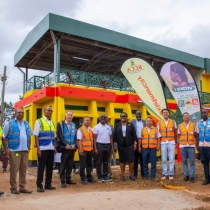

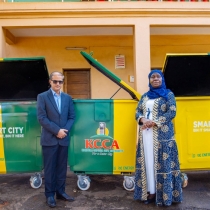
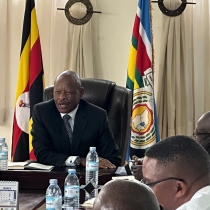


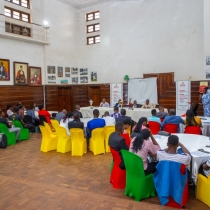


















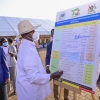










Join the conversation